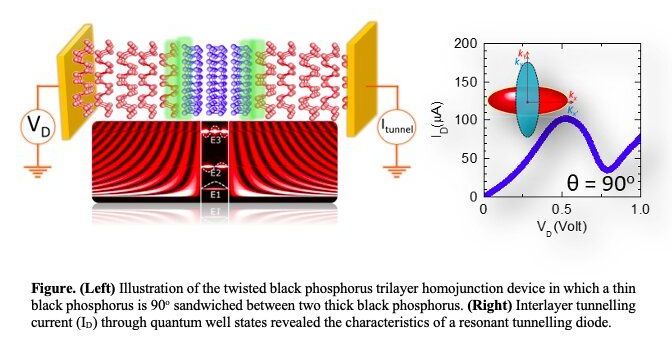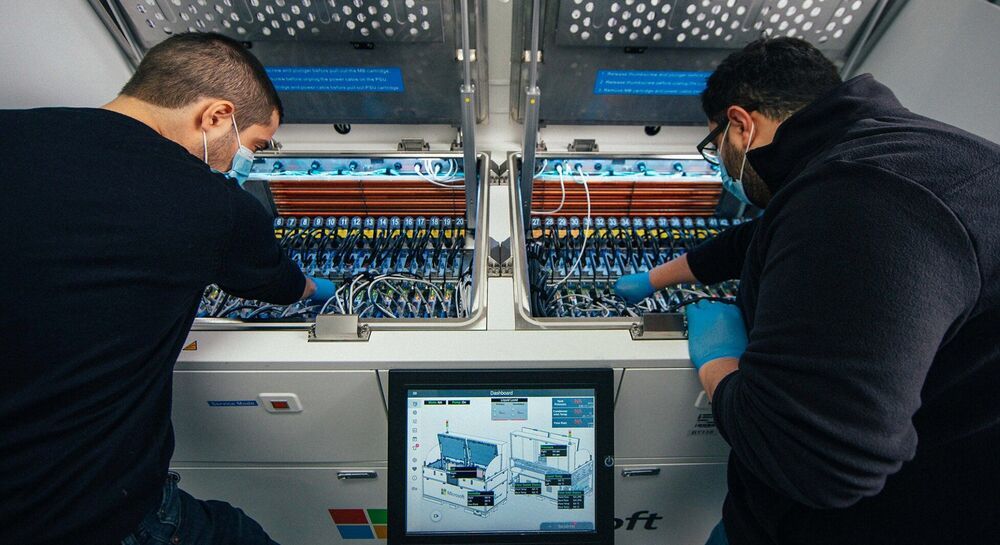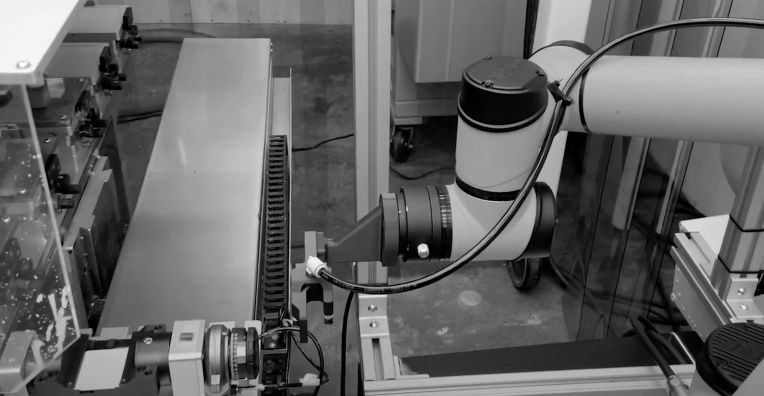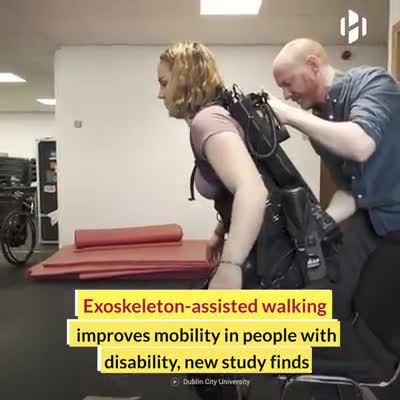Apr 8, 2021
Google Warns of Zero-Click Bluetooth Flaws in Linux-based Devices
Posted by Saúl Morales Rodriguéz in category: cybercrime/malcode
Google security researchers are warning of a new set of zero-click vulnerabilities in the Linux Bluetooth software stack that can allow a nearby unauthenticated, remote attacker to execute arbitrary code with kernel privileges on vulnerable devices.
According to security engineer Andy Nguyen, the three flaws — collectively called BleedingTooth — reside in the open-source BlueZ protocol stack that offers support for many of the core Bluetooth layers and protocols for Linux-based systems such as laptops and IoT devices.
Continue reading “Google Warns of Zero-Click Bluetooth Flaws in Linux-based Devices” »

















